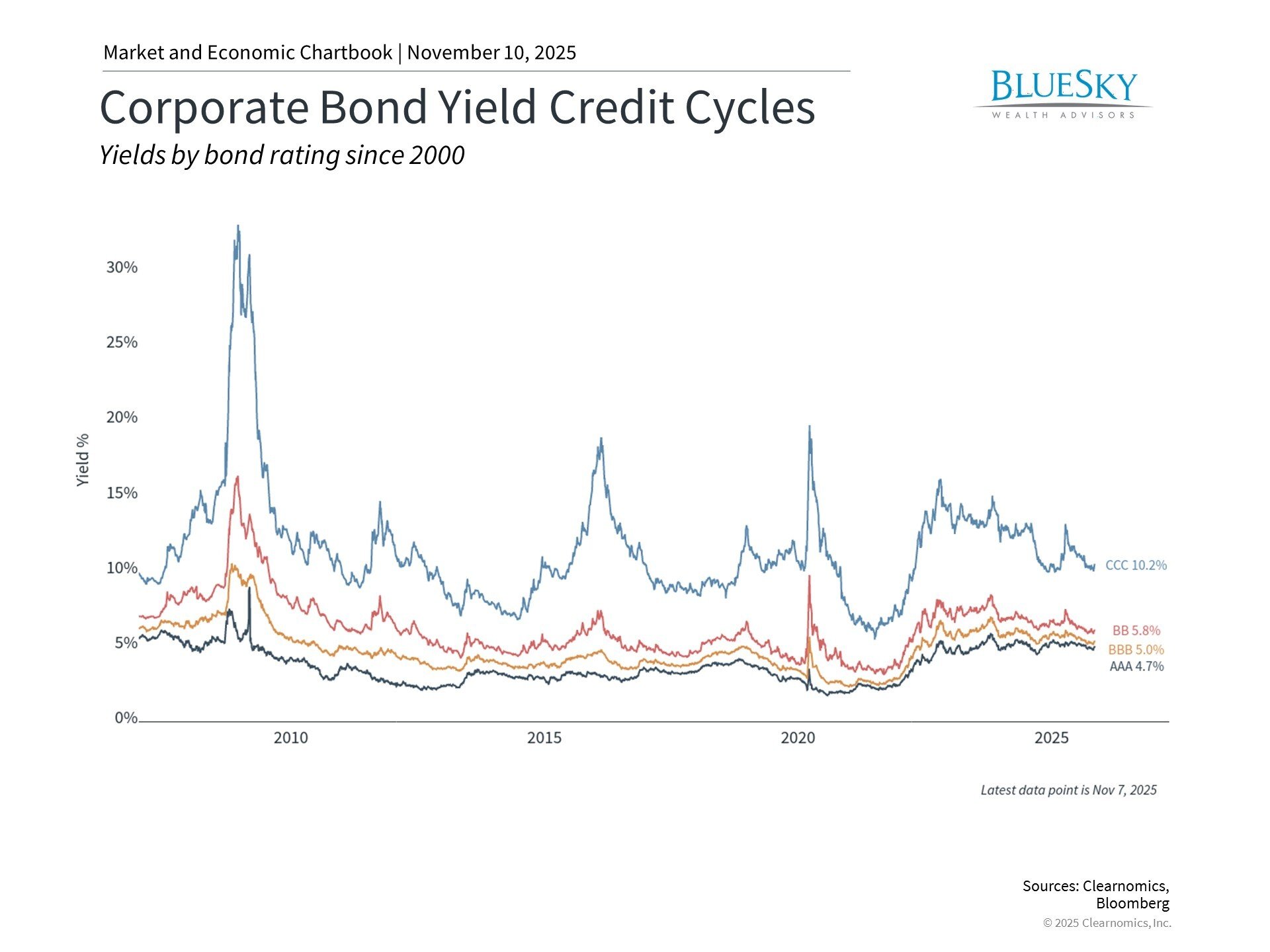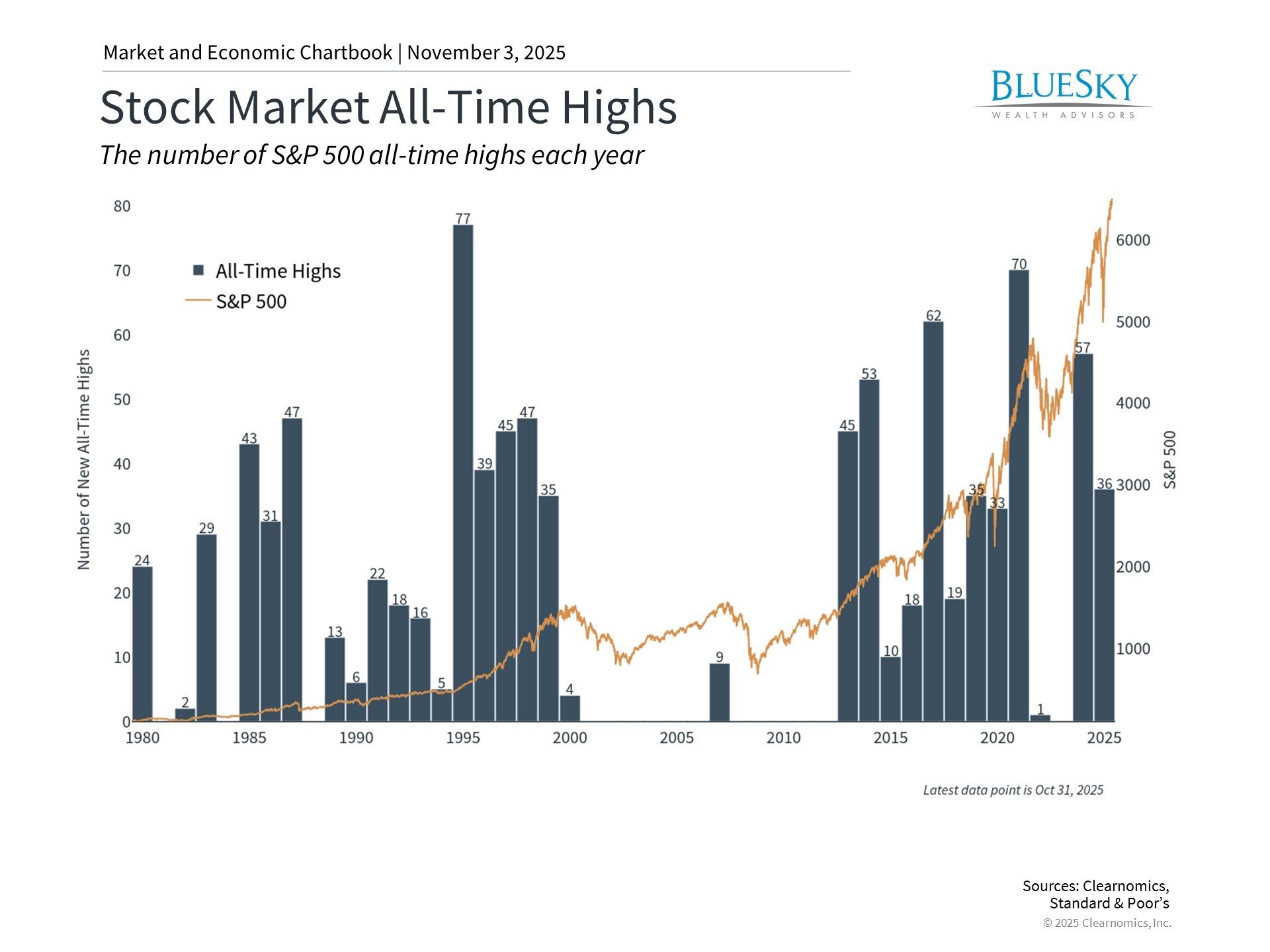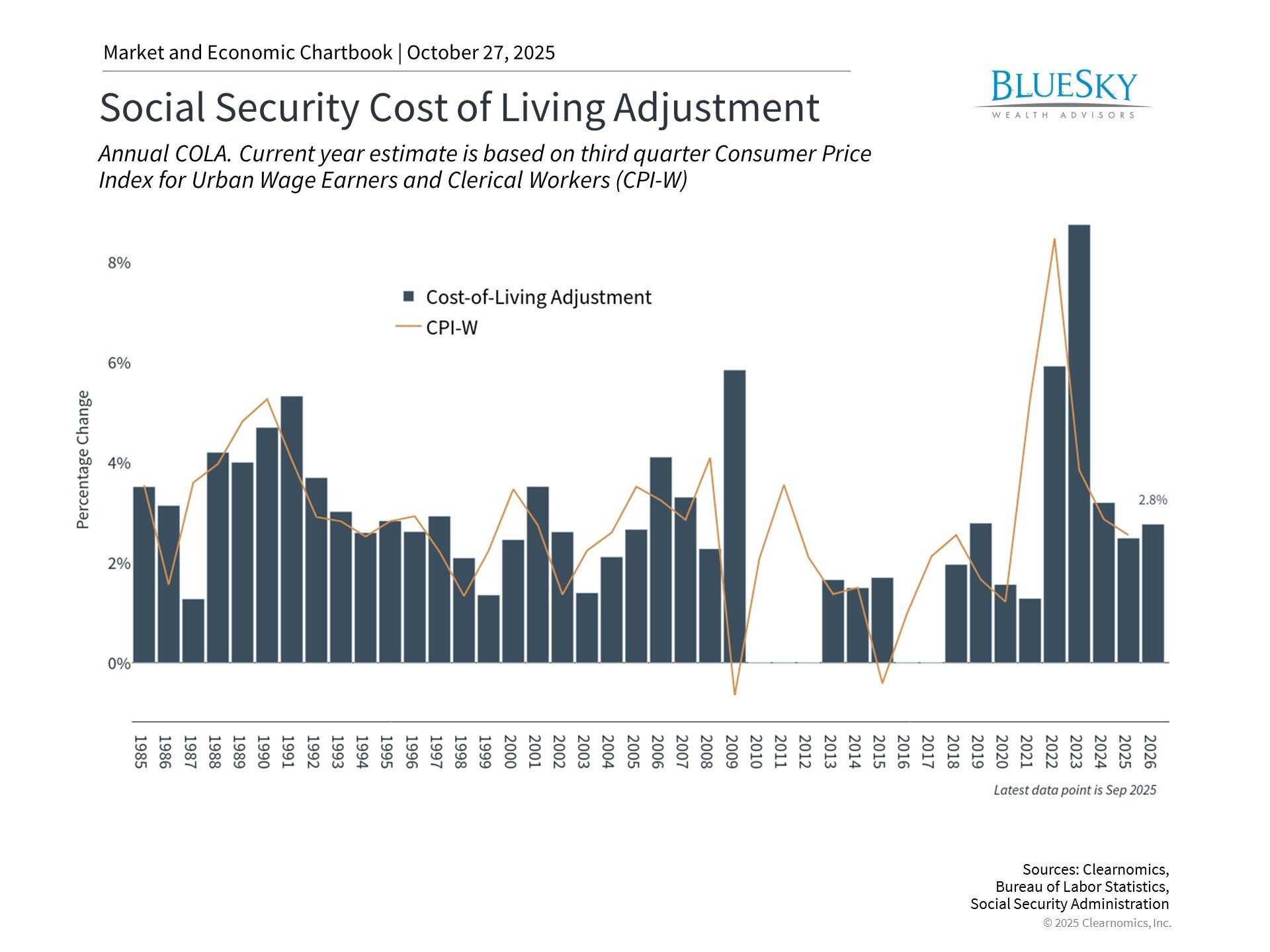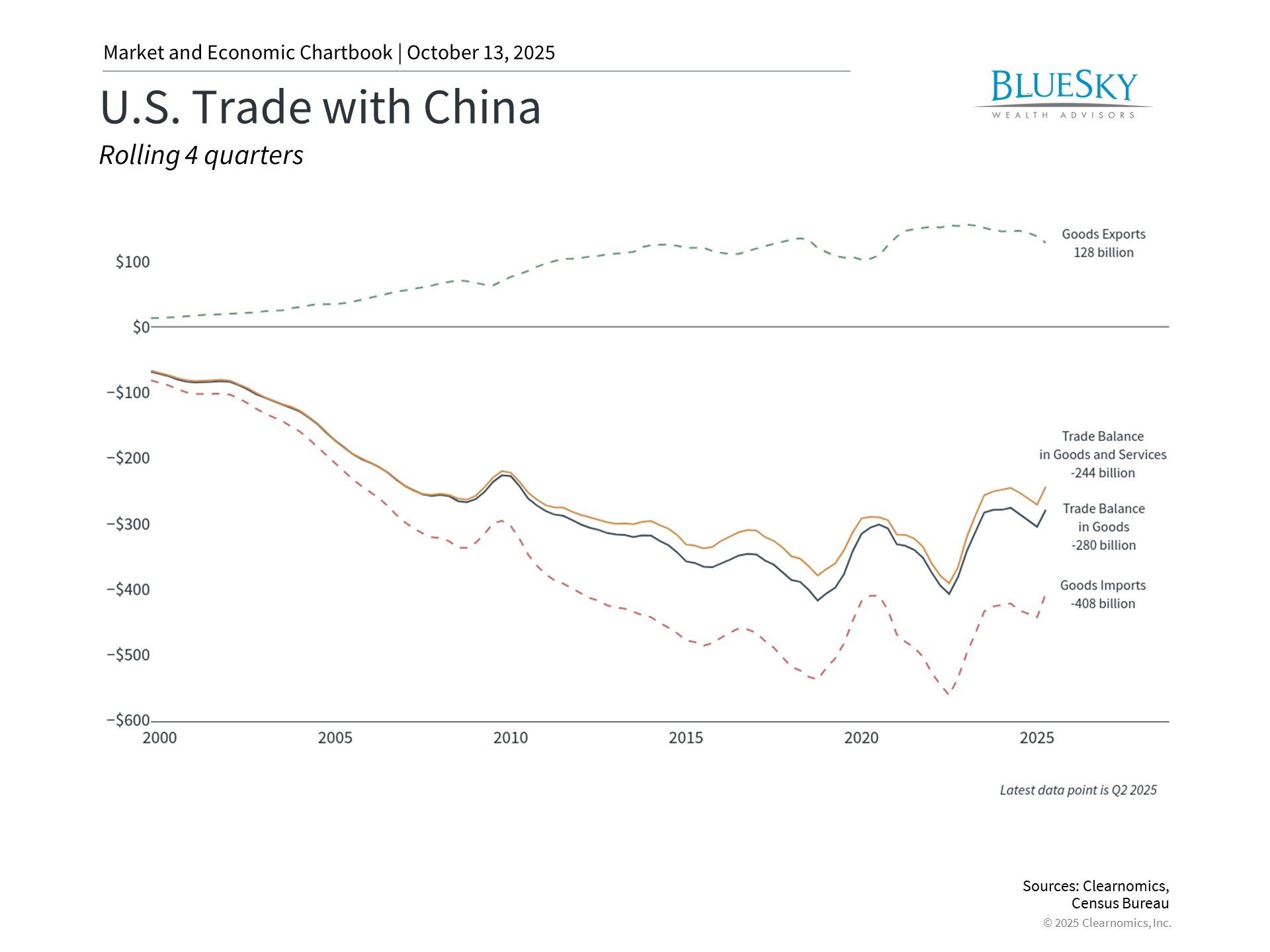
Understanding the Impact of U.S. Credit Downgrades and Fiscal Challenges on Investors
Understanding the Impact of U.S. Credit Downgrades and Fiscal Challenges on Investors
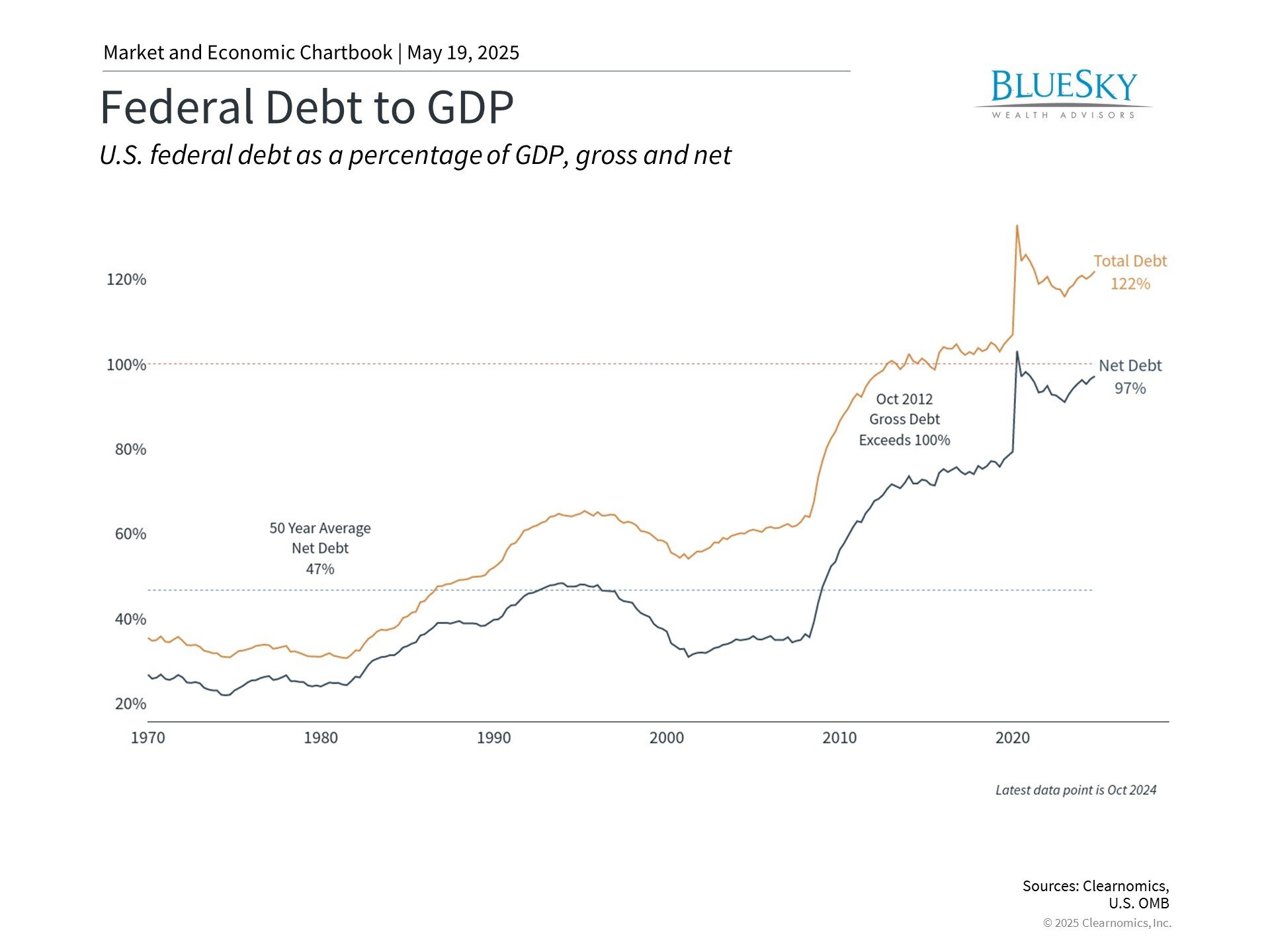
With Moody's recent decision to downgrade the U.S. credit rating from Aaa to Aa1, all three major rating agencies have now removed America's top-tier debt status. This follows Fitch's downgrade in 2023 and Standard & Poor's initial move in 2011. The timing is particularly notable as Congress considers a new budget bill that could potentially increase annual deficits, highlighting the tension between tax reductions and fiscal sustainability. As these debt, deficit, and political uncertainties unfold, many investors are questioning the implications for their investment strategies.
Market volatility has often accompanied budget and debt ceiling debates

Over the past fifteen years, budget negotiations and debt ceiling confrontations have repeatedly triggered significant market volatility. Notable examples include Standard & Poor's 2011 downgrade of U.S. debt, the 2013 fiscal cliff standoff, and government shutdowns in 2018 and 2019. Despite these disruptions, resolutions have eventually emerged in each case, allowing markets to regain stability and continue their upward trajectory.
Interestingly, even following the unprecedented 2011 downgrade that triggered a market correction, the S&P 500 fully recovered within months. Though seemingly contradictory, despite multiple downgrades, U.S. Treasury securities continue to function as safe-haven assets during market turbulence and remain fundamental to global financial markets.
When considering national debt and Congressional budget conflicts, maintaining perspective is crucial. As citizens and voters, concerns about the country's unsustainable fiscal direction are valid. Unfortunately, meaningful solutions remain elusive, with numerous commissions and proposals failing to substantially reduce annual budget deficits.
While these fiscal challenges merit attention, it's important not to let them drive reactive investment decisions. Historical evidence shows that markets have consistently recovered from fiscal uncertainties and credit downgrades over time. Adhering to a disciplined investment approach centered on long-term objectives, diversification, and fundamental principles—rather than responding to Washington headlines or expecting Congressional deficit solutions—remains the most effective path to achieving financial goals.
Moody's downgrade arrives at a pivotal moment as investor focus shifts from tariffs to Washington's budget proposal. Although markets performed strongly following the recent presidential election, partly due to anticipated pro-growth policies and extension of the 2017 Tax Cuts and Jobs Act (TCJA), the Moody's announcement serves as a reminder of broader fiscal concerns.
In their statement, Moody's specifically highlighted that "successive US administrations and Congress have failed to agree on measures to reverse the trend of large annual fiscal deficits and growing interest costs," adding that they "do not believe that material multi-year reductions in mandatory spending and deficits will result from current fiscal proposals under consideration."
Congress working to extend or permanently implement Tax Cuts and Jobs Act provisions

Congress is currently developing a new budget bill with provisions still in flux. The latest proposal seeks to provide certainty by extending individual tax cuts from the TCJA that would otherwise expire after 2025. This approach aims to prevent a potential "tax cliff" where rates would revert to pre-TCJA levels, potentially disrupting economic stability. By addressing these issues well before expiration, lawmakers hope to create a more predictable environment for both consumers and businesses.
This comprehensive tax package includes numerous provisions affecting individuals and businesses alike. Key elements, which remain subject to modification, include:
For Individuals:
Permanent establishment of TCJA individual tax rates, maintaining the 37% top rate
Child tax credit increase from $2,000 to $2,500 through 2028
Potential increase of the state and local tax (SALT) deduction cap from $10,000 to $30,000
Income tax exemption for tips and overtime pay through 2028
Tax-deductible auto loan interest through 2028
Introduction of "money accounts for growth and advancement" ("MAGA accounts") for children under 8, designated for education, small business investments, and first-home purchases
For Businesses:
Increase of the pass-through business deduction from 20% to 23%, made permanent
Reinstatement of 100% bonus depreciation for qualified business assets acquired between January 2025 and 2029
Restoration of research and development tax deductions
Notably, the proposal does not include previously anticipated provisions for a "millionaire tax" or changes to carried interest taxation. The debt ceiling, which limits government borrowing, may also be raised by $4 trillion.
Ongoing deficits likely to increase national debt burden

While the current proposal includes approximately $1.6 trillion in spending reductions through modifications to programs like Medicaid and nutrition assistance, these cuts are overshadowed by tax reductions and spending increases elsewhere.
Annual budget deficits contribute directly to the national debt, which has already surpassed $36 trillion—approximately $106,000 per American. Reports indicate the proposed budget could add an estimated $3 trillion or more to the debt over the next decade. The Joint Committee on Taxation, a nonpartisan Congressional committee, recently projected the debt could increase by $3.7 trillion during this period.
The substantial growth of national debt in recent decades, accompanied by rising interest payments, is well-documented. Since most federal spending is directed toward mandatory programs like Social Security and Medicare, securing agreement on significant spending reductions presents political challenges. This situation fuels concerns that tax rates may eventually need to increase to address the gap, despite near-term extensions or permanent implementation of TCJA provisions.
While deficit and debt levels remain important factors for long-term economic health, their immediate impact should be viewed with perspective. Markets have historically performed well across various levels of government debt and deficit spending. Paradoxically, some of the strongest market returns over the last twenty years occurred following periods with the worst deficits, as these typically coincided with economic crises when markets were already depressed. Consequently, basing investment decisions primarily on government spending and deficit levels would have proven counterproductive.
The bottom line? The recent U.S. credit rating downgrade reflects growing concerns about the nation's fiscal sustainability. While current budget proposals may exacerbate these issues, historical evidence suggests investors are best served by maintaining investment discipline and adhering to long-term financial plans rather than reacting to fiscal headlines.
BlueSky Disclosures
Copyright (c) 2025 Clearnomics, Inc. All rights reserved. The information contained herein has been obtained from sources believed to be reliable, but is not necessarily complete and its accuracy cannot be guaranteed. No representation or warranty, express or implied, is made as to the fairness, accuracy, completeness, or correctness of the information and opinions contained herein. The views and the other information provided are subject to change without notice. All reports posted on or via www.clearnomics.com or any affiliated websites, applications, or services are issued without regard to the specific investment objectives, financial situation, or particular needs of any specific recipient and are not to be construed as a solicitation or an offer to buy or sell any securities or related financial instruments. Past performance is not necessarily a guide to future results. Company fundamentals and earnings may be mentioned occasionally, but should not be construed as a recommendation to buy, sell, or hold the company's stock. Predictions, forecasts, and estimates for any and all markets should not be construed as recommendations to buy, sell, or hold any security--including mutual funds, futures contracts, and exchange traded funds, or any similar instruments. The text, images, and other materials contained or displayed in this report are proprietary to Clearnomics, Inc. and constitute valuable intellectual property. All unauthorized reproduction or other use of material from Clearnomics, Inc. shall be deemed willful infringement(s) of this copyright and other proprietary and intellectual property rights, including but not limited to, rights of privacy. Clearnomics, Inc. expressly reserves all rights in connection with its intellectual property, including without limitation the right to block the transfer of its products and services and/or to track usage thereof, through electronic tracking technology, and all other lawful means, now known or hereafter devised. Clearnomics, Inc. reserves the right, without further notice, to pursue to the fullest extent allowed by the law any and all criminal and civil remedies for the violation of its rights.

